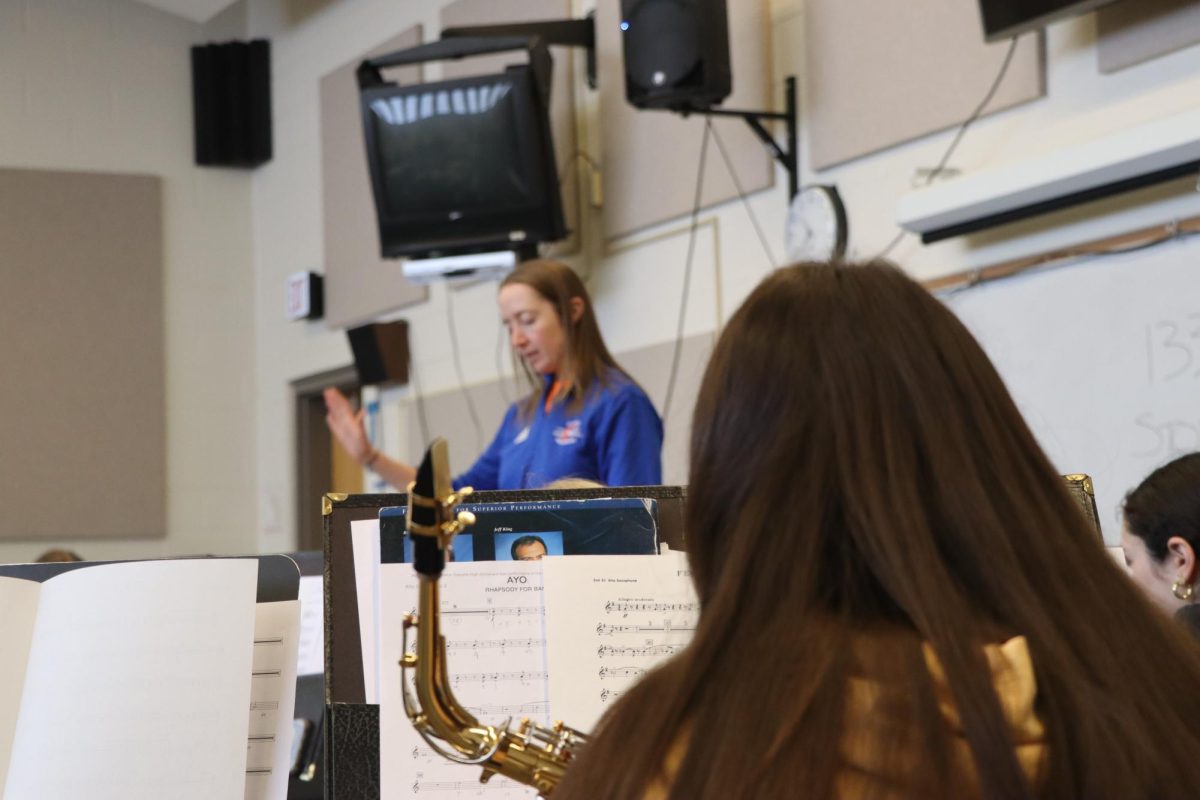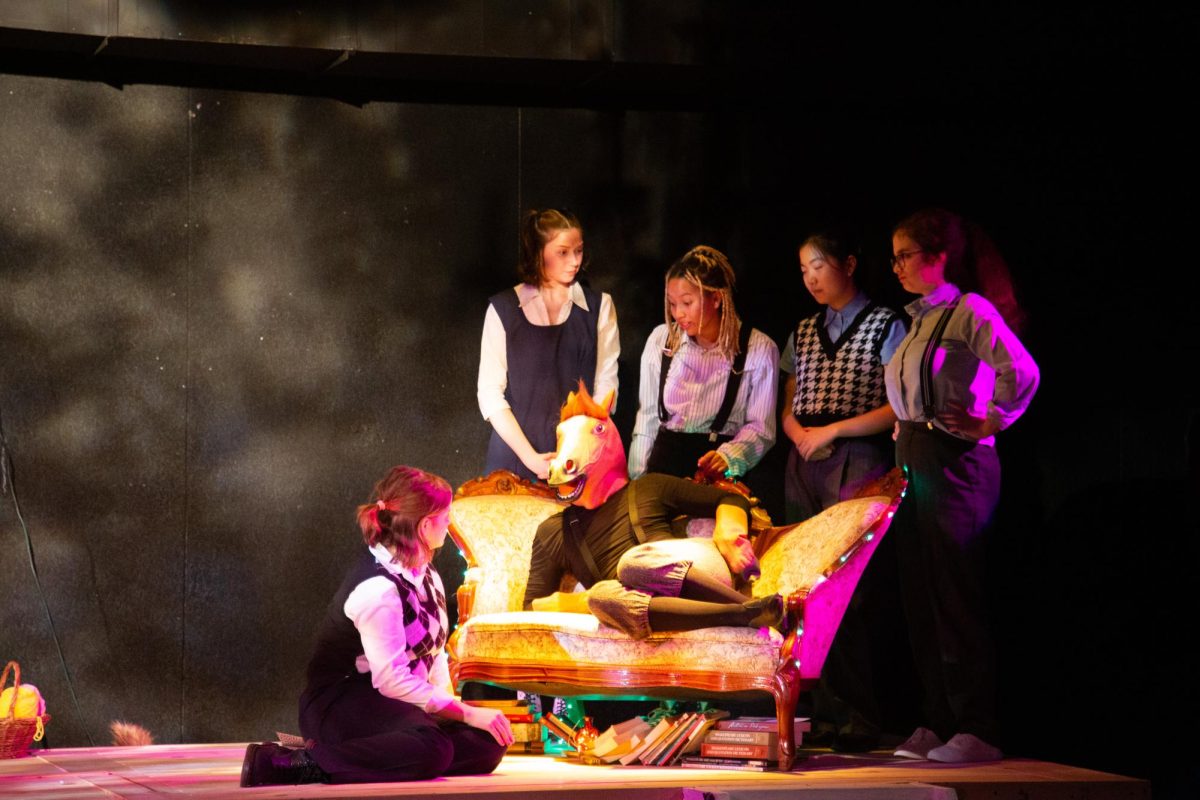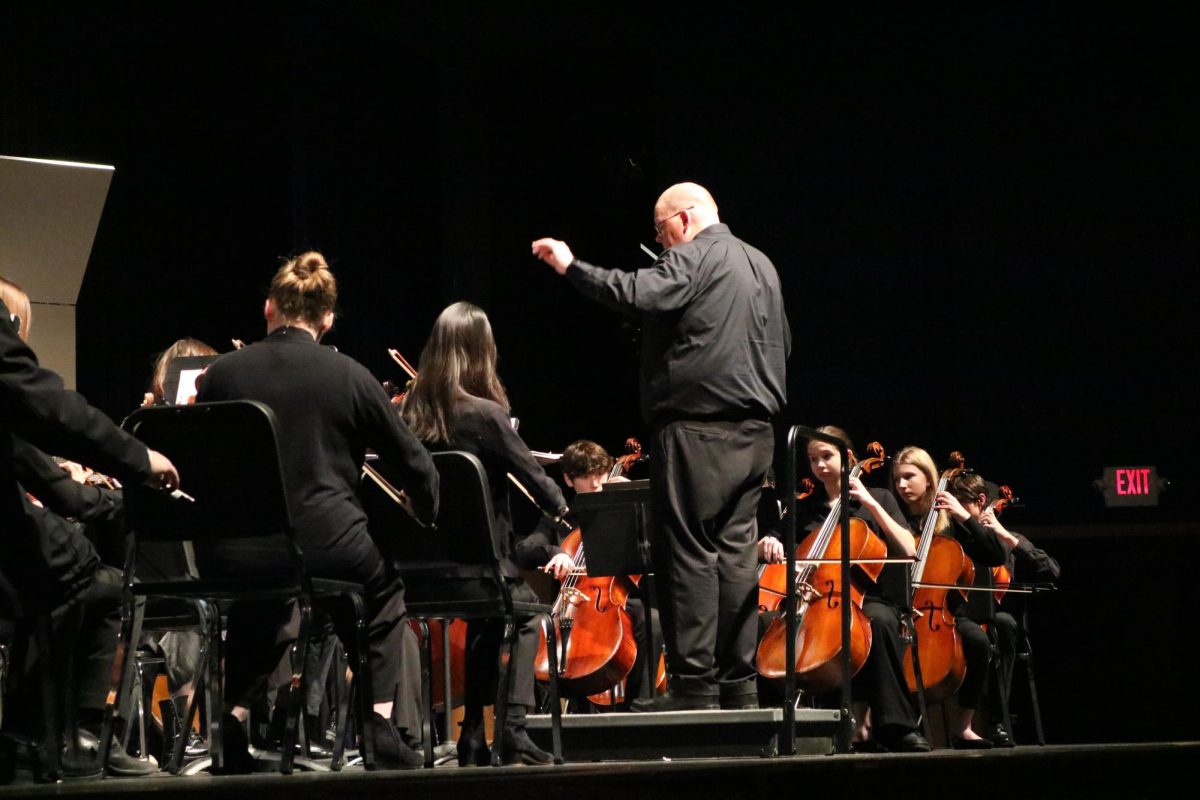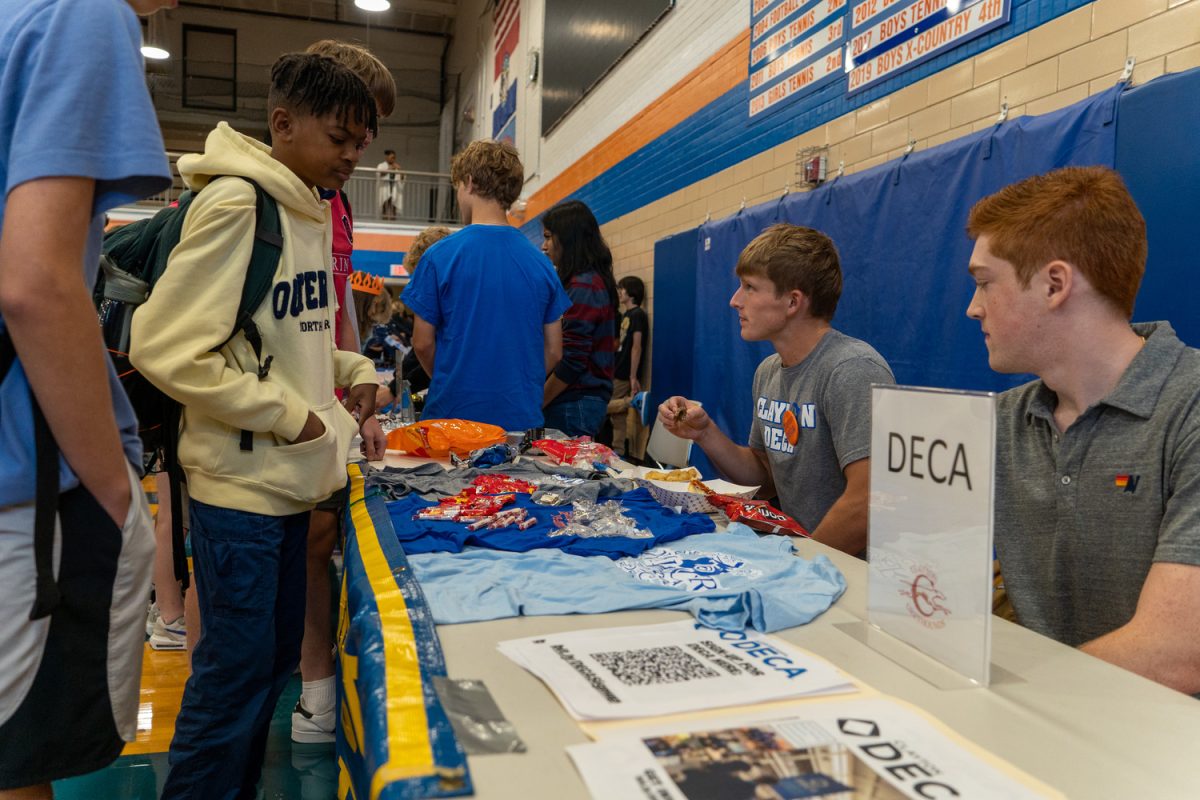While some CHS students stay up into the wee hours of the night studying for AP courses hoping to earn credit for required classes as well as college credit, other students take a different approach to completing credits. These students attend an alternative form of schooling called Collaborative School.
Collaborative school is a school for students who want a self-scheduled pace of learning, or for students who want to finish earning credits for graduation in a low-pressure environment.
“Some students chose collaborative school because they are so behind in credits and it is easier and takes a shorter amount of time to earn credit if they keep focused,†counselor Alice Morrison said. “Some students are given the option to attend as an alternative to a long-term suspension. Students who just can’t attend a full day of school for various emotional or medical issues can request to go to collaborative school.â€
Students can also be referred to collaborative school for disciplinary reasons. For some, collaborative school offers a change in environment that allows students to regain their focus on academics.
“A small percentage of students benefit from an alternate environment if they need to make a fresh start,†counselor Mark Snyder said. “In some cases students who have had a negative experience at CHS may thrive in a different setting away from potentially negative peer interactions. I would estimate that between 35-45 students have attended the Collaborative School either part-time or full-time over the last three years.â€
The curriculum of collaborative school is tailored to be remedial and focuses on improving students’ weaknesses. Students also determine their own pace of learning.
“The Collab school curriculum is approximately 60 percent computer-based and students only work on two or three classes at a time,†Assistant Principal Dan Gutchewsky said. “This allows students to focus their efforts on a few classes at a time. Another advantage is that the curriculum is designed so that students take a pre-test for each unit and they only have to complete the objectives/activities for the areas in which they did not do well. Once a student has completed all of the objectives and passed the unit exam they move on to the next unit.â€
Students can therefore work at their own pace. No matter how much time they spend on a course or how strong they are at a certain subject, each student will earn credit once they have completed all of the units within a course.
“In a traditional setting, students cannot receive credit without spending a semester in the course,†Gutchewsky said. “At Collab., credit is awarded based on the amount of work completed.â€
If a student feels that CHS doesn’t meet his or her needs in a certain subject, he or she can enroll in special classes through collaborative school. The process for determining if a student is eligible for collaborative school requires the input of the student, parents, counselors, and administration of the school.
“First, counselors work with students and their families to determine if Collab is a good option for the student,†Gutchewsky said. “I work with the counselors and other administrators to place students on a space available basis. Preference is given to upperclassmen and students who are the most credit deficient.â€
“One of the least common options pursued by students is taking correspondence courses offered through the University of Missouri-Center for Distance Learning and Independent Study (CDIS),†Snyder said. “In order for a student to be eligible to take one of these classes, they must have some extenuating circumstances or credit deficiencies and be approved by the building principal prior to enrollment.
Many people have misconceptions regarding collaborative school, especially since students are often sent to the school for disciplinary reasons. However, the diversity of the student body reveals that students of all backgrounds and a wide range of strengths and weaknesses attend the school.
“A lot of people think that it’s a school for bad kids, they think it’s easier, but it’s really not,†Collaborative School principal Julie Redington said. “It’s an alternative environment; we provide a smaller environment and we focus on what the students need. We have an eight to one student teacher ratio. If a student is struggling in an area, it [collab school] gives them a chance to slow down. It’s also for students who want to move into the district but who don’t want to miss out on credits. There’s probably more diversity.â€
The teaching at collaborative school is set up to be more supportive and less rigidly instructional.
“Teachers are facilitators of the curriculum instead of direct instructors,†Redington said. “We have a computer software program that helps students get through the book work. Some students aren’t familiar with the software, and we help them to learn how to use it. For example, a student couldn’t get through a lot of the book work in geometry, and he wanted to go into the construction industry. We helped him focus on some of the real-life applications [of geometry] involved in construction.â€






